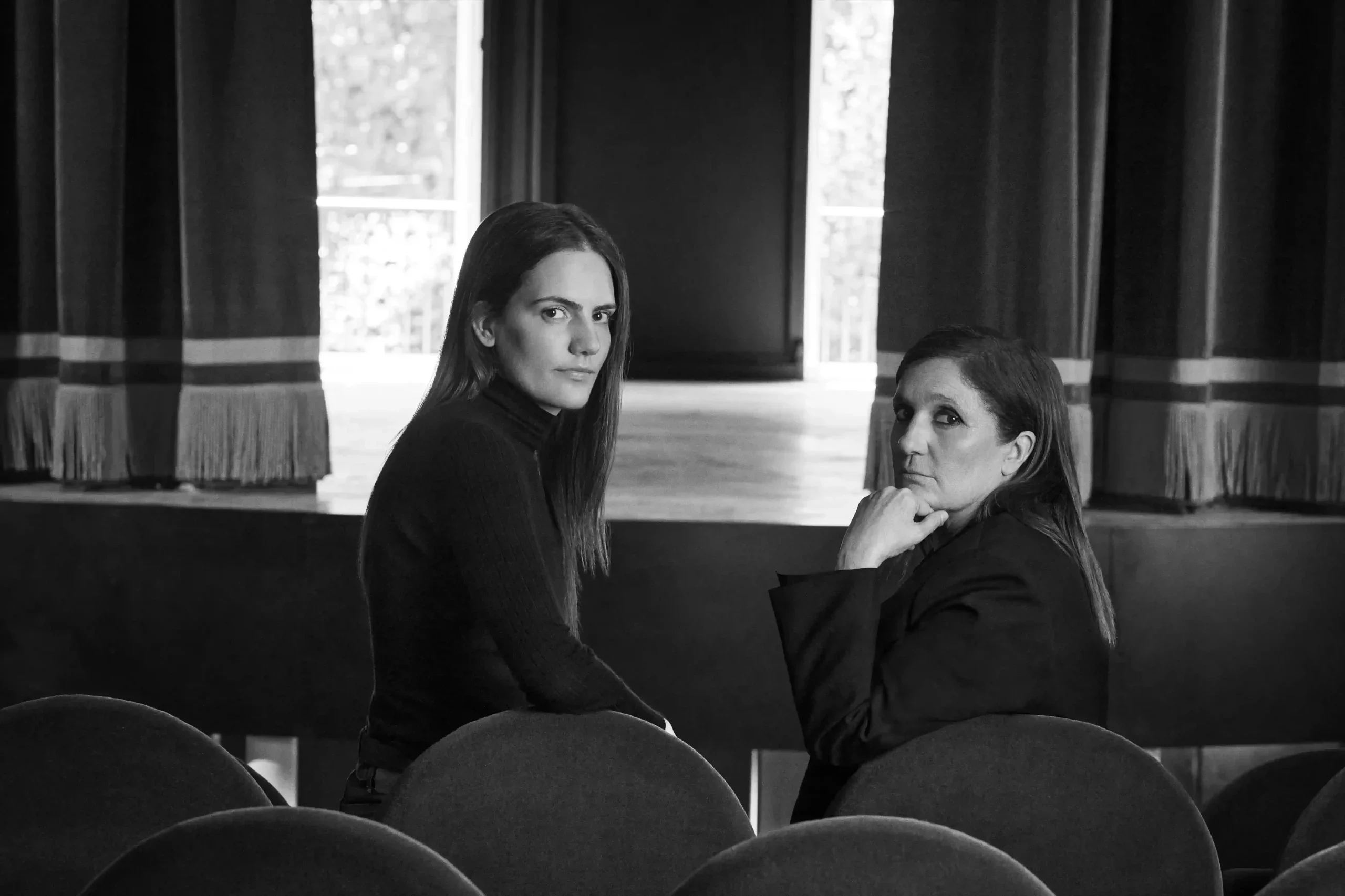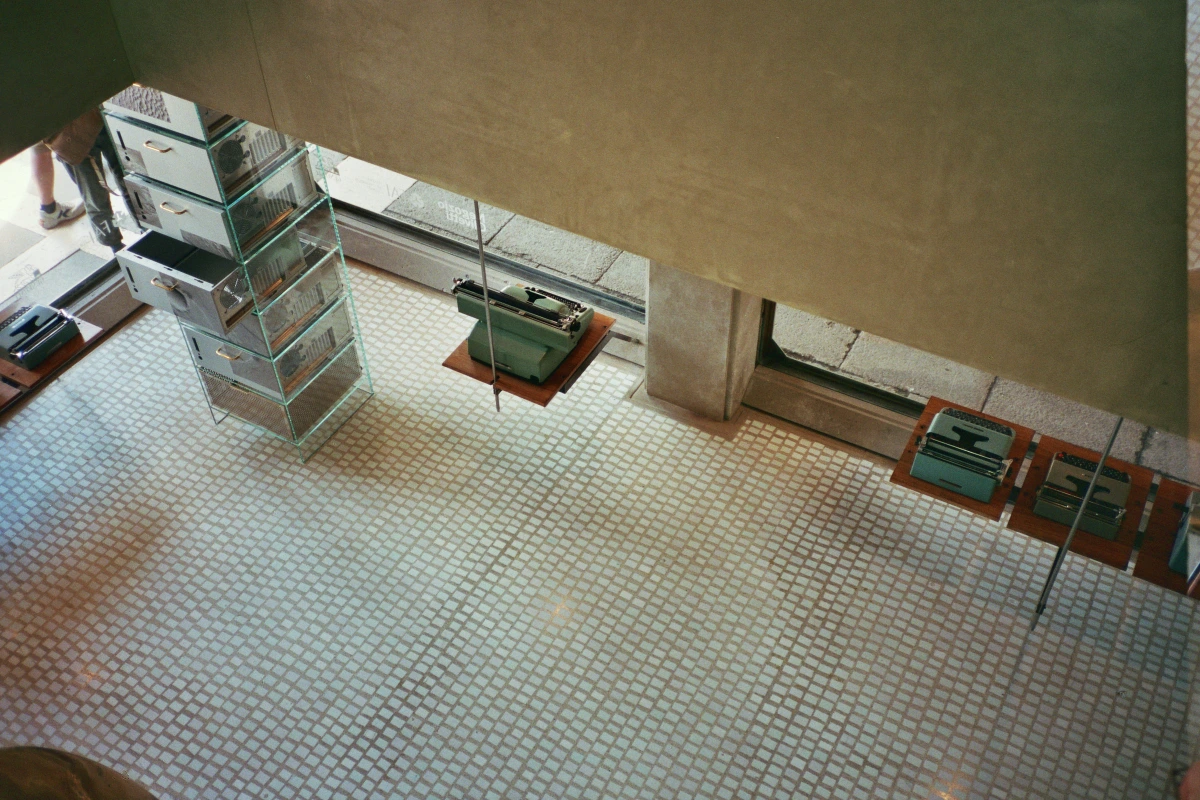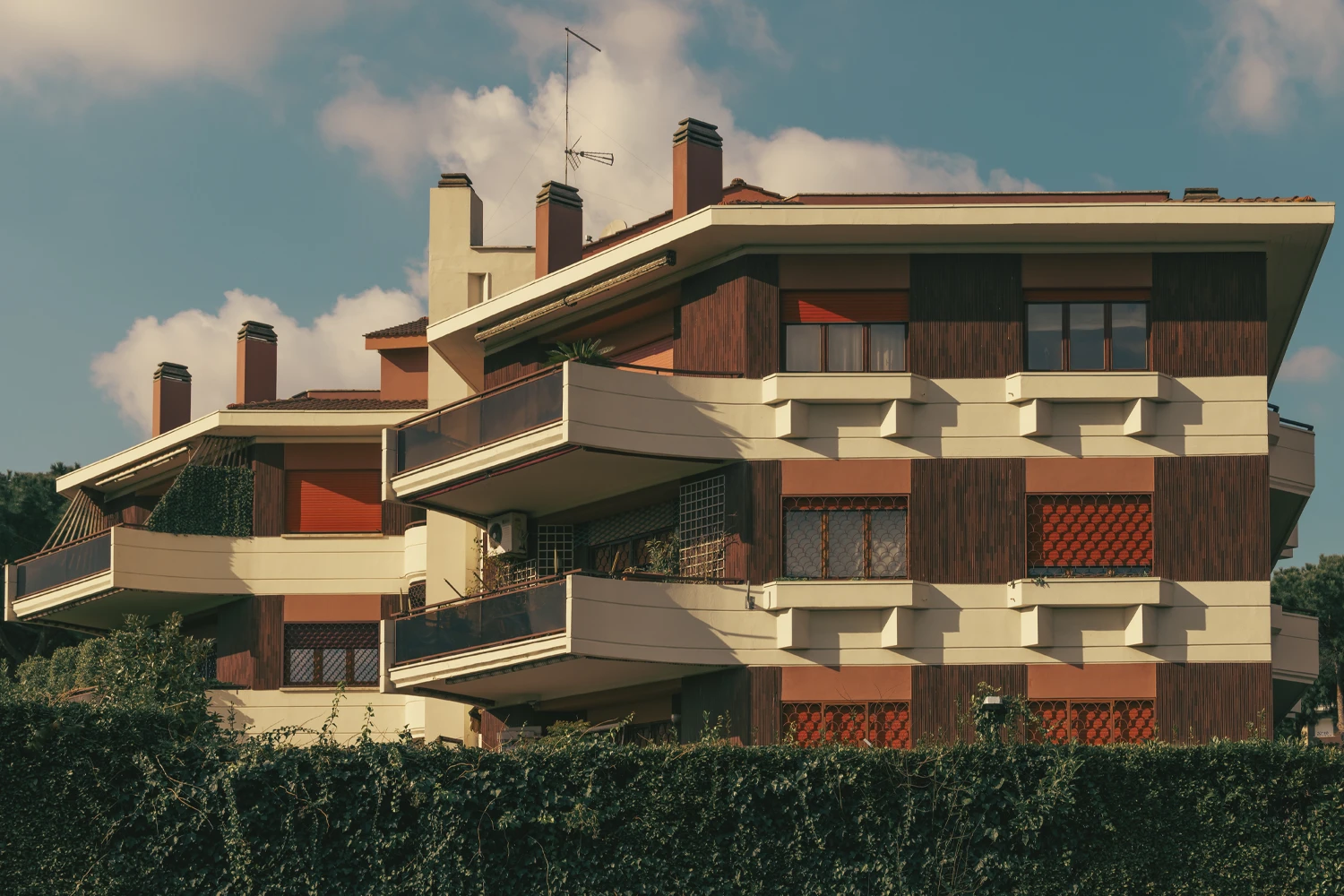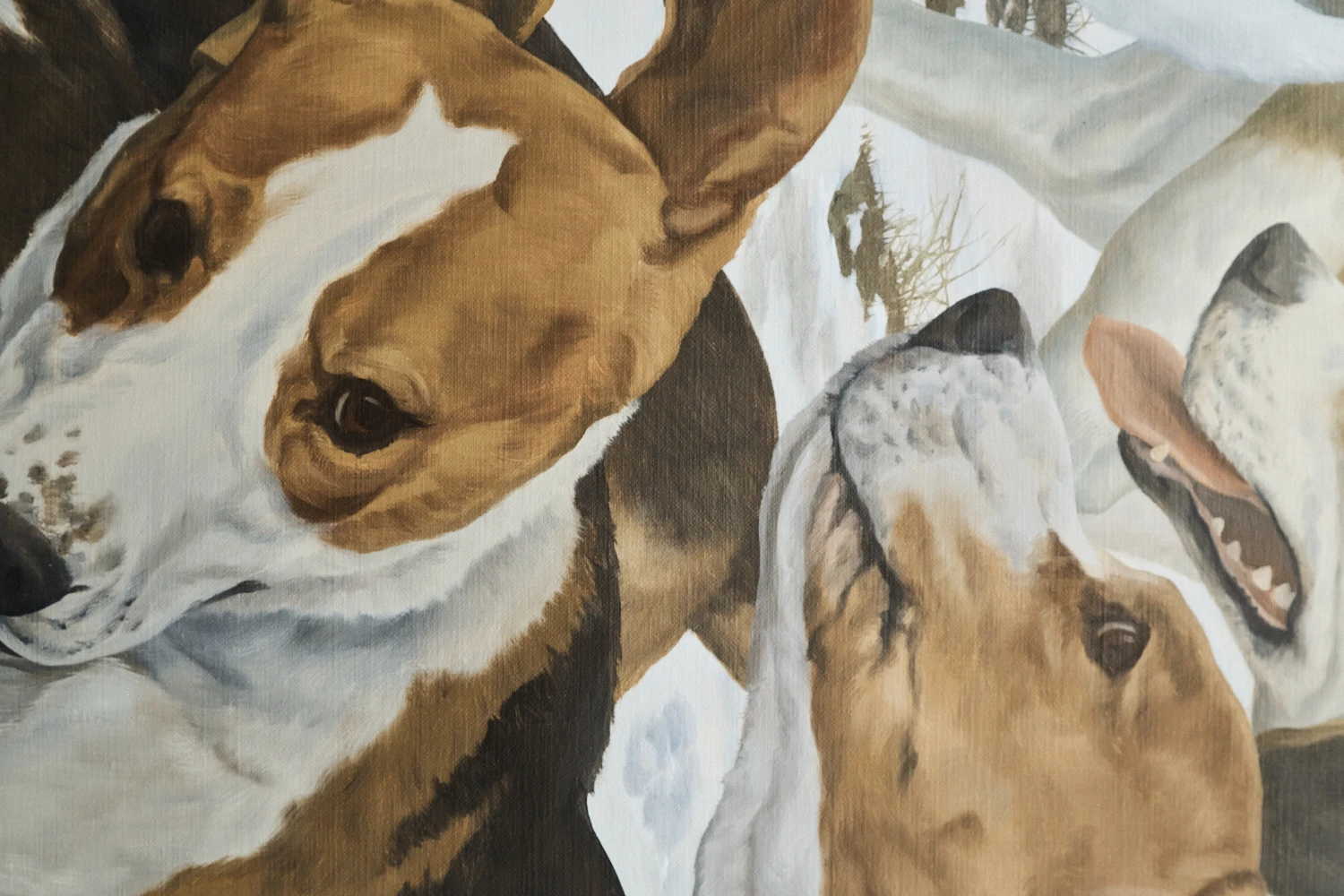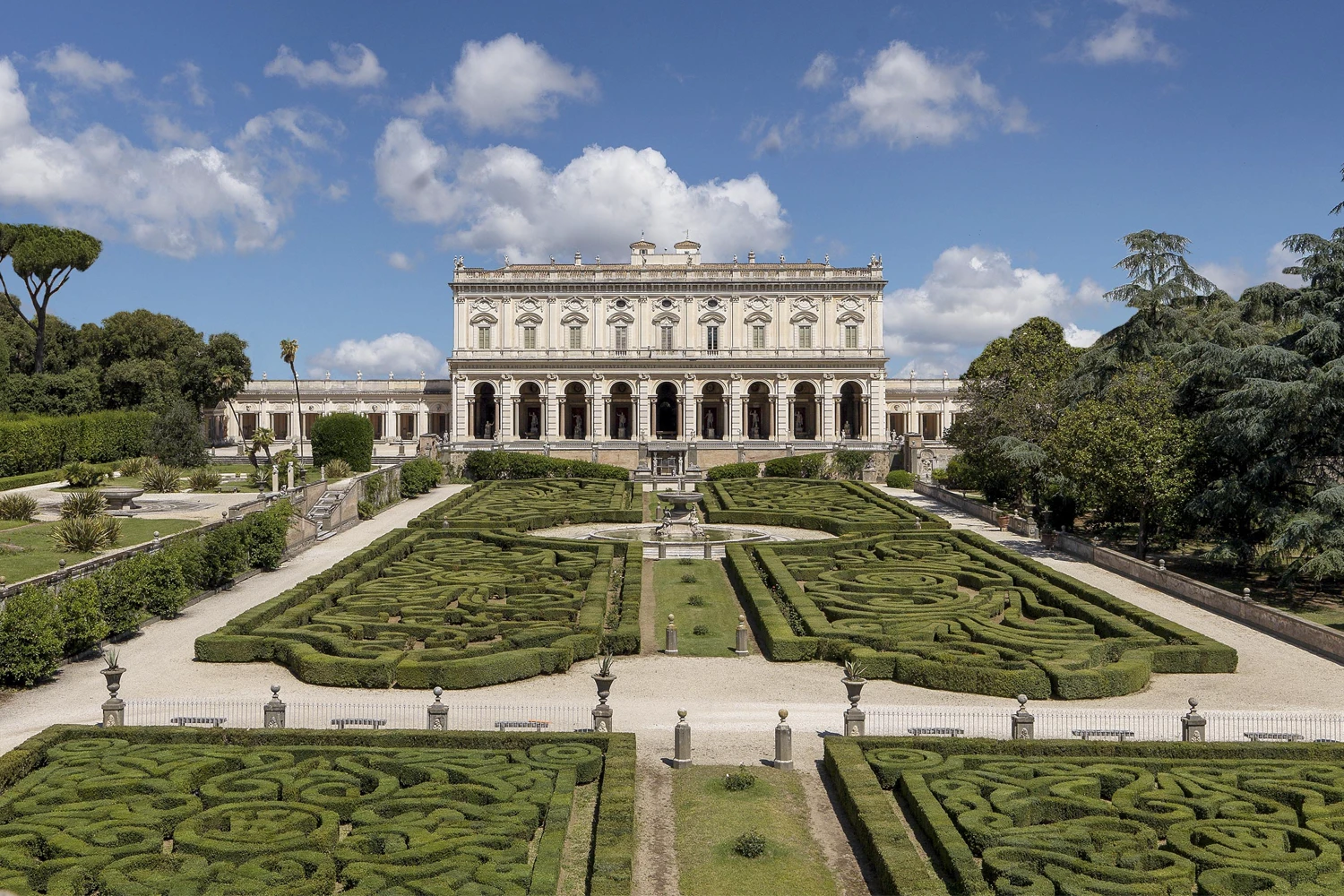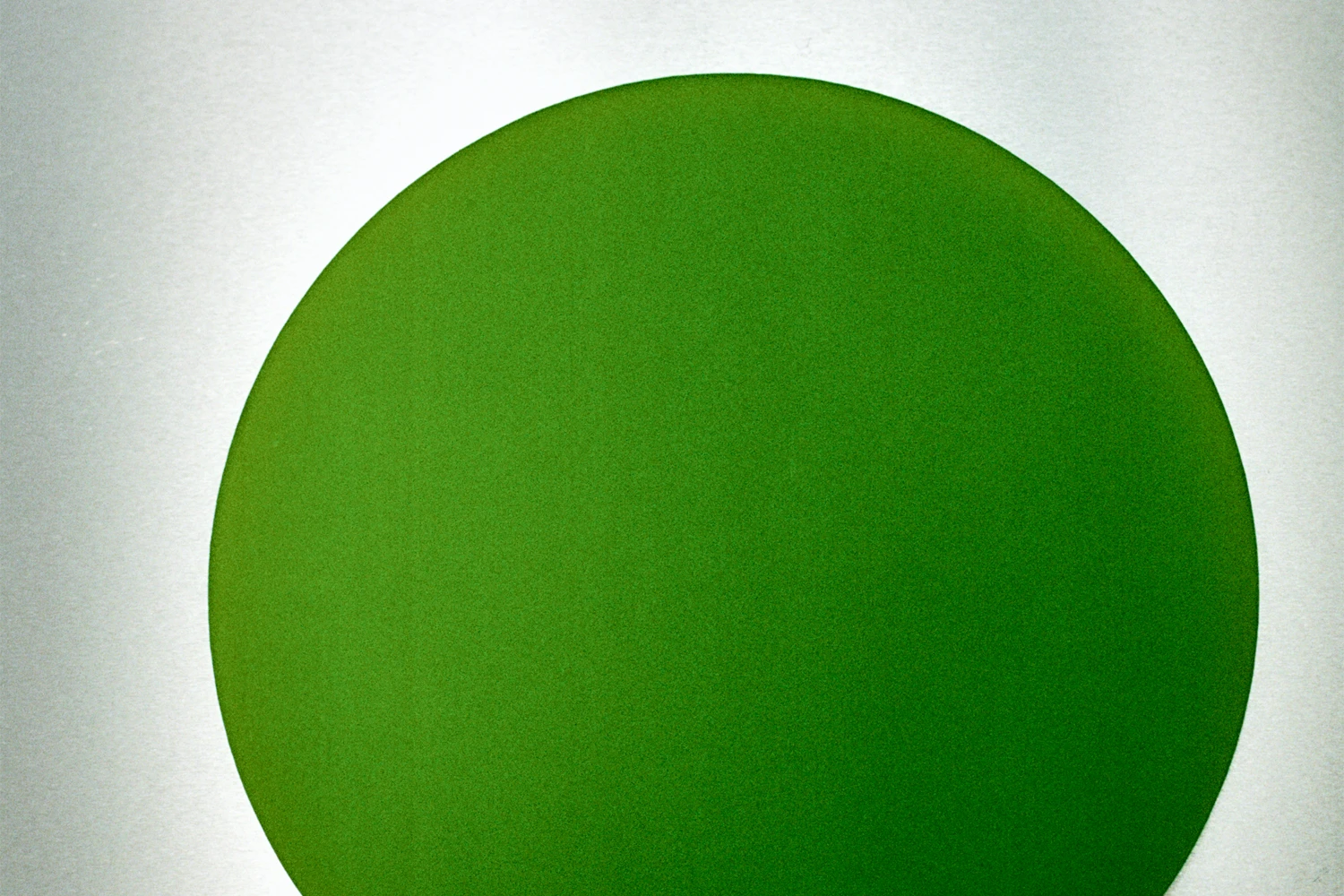/ Magazine
Maria Grazia Chiuri ends her tenure at Dior with a show at Villa Albani and a string of Roman references: Mimi Pecci Blunt, Teatro Cometa, Pietro Ruffo’s zodiac, and the Torlonia Foundation
An implied contradiction: Formafantasma’s reflection on consumerism and Technological Obsolescence takes place in Venice at the Olivetti store—a primary reference for the purpose economy
From the fall of the Soviet Union to the arrival of the Beatles, the Romanian master filmmaker Andrei Ujică’s work draws on archival footage to depict the upheavals of the Twentieth century
The palazzina took shape within the milieu of a prosperous upper-middle class: the architects and key figures who reshaped the Eternal City between the 1930s and the 1980s
The rawness is being willing to take an L and take a risk and change something. Maybe it’ll make you less popular than you were before, but you’re trying something new. Interview with Amanda Ba
In the garden that served as a laboratory of Neoclassicism—where Winckelmann and Cardinal Albani reinvented the dialogue between ancient art and nature—the show is a tribute to the cultural ties that have linked Italy to the Maison since 1947
Introduction to Carlo Ratti’s Architecture Biennale: the lone subject is sustainability—a “mind-boggling” number of trees, humanity on its knees, sweat, heat, and a bacterial population boom
Roundness is the oldest gesture in design, and yet it still finds fresh ways to speak. In this series Eduard Sánchez Ribot wanders that endless curve, pairing icons of craft with the quiet insistence of the circle
As a teenager, Mathis Chevalier had trouble fitting into the school system. MMA helped him with his anger and frustration, until he decided it was time to deconstruct machismo
“These trees were planted by Napoleon in the 18th century—an early lesson in large‑scale reforestation that we would do well to emulate today.” Interview with Bas Smets, co‑curator of “Building Biospheres”

